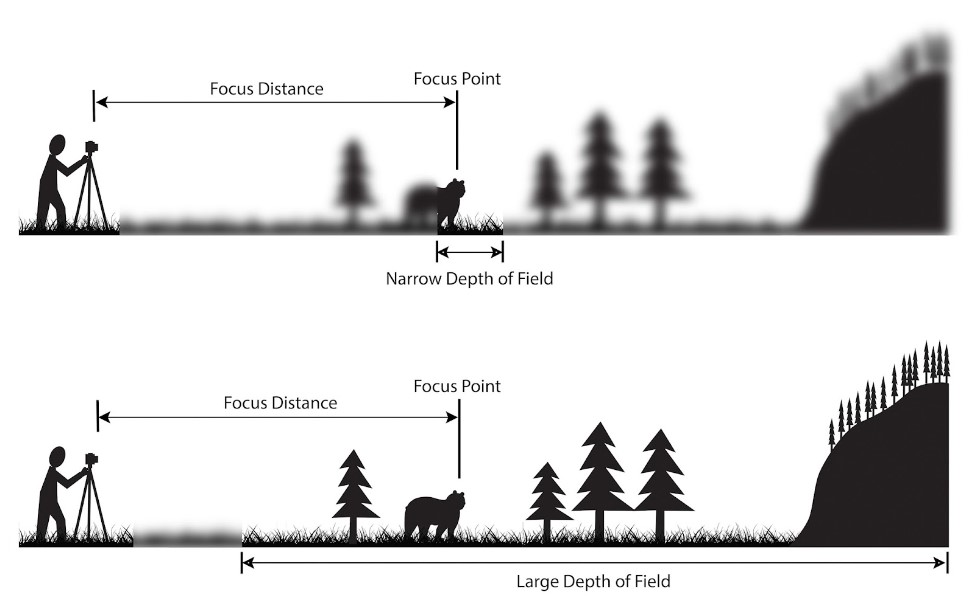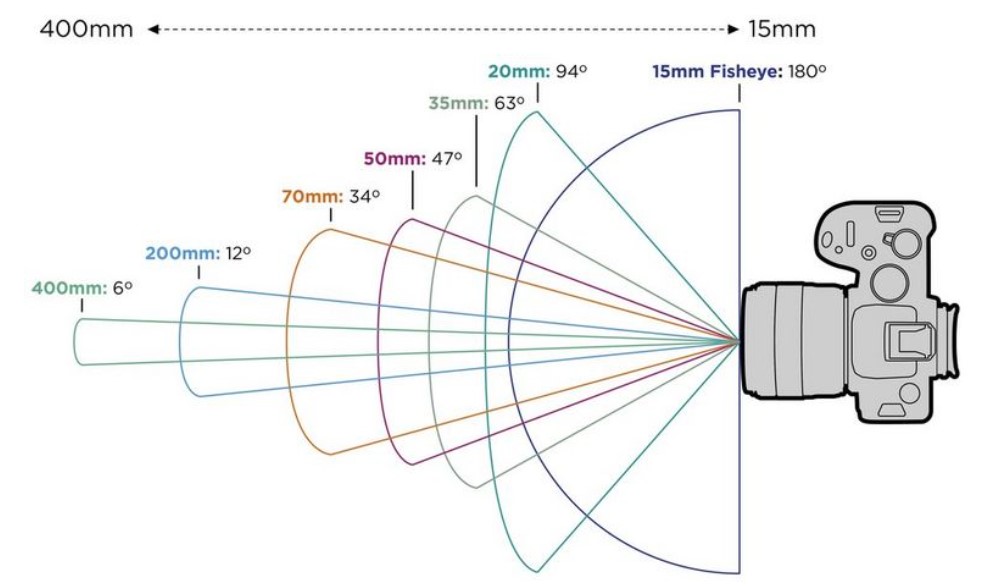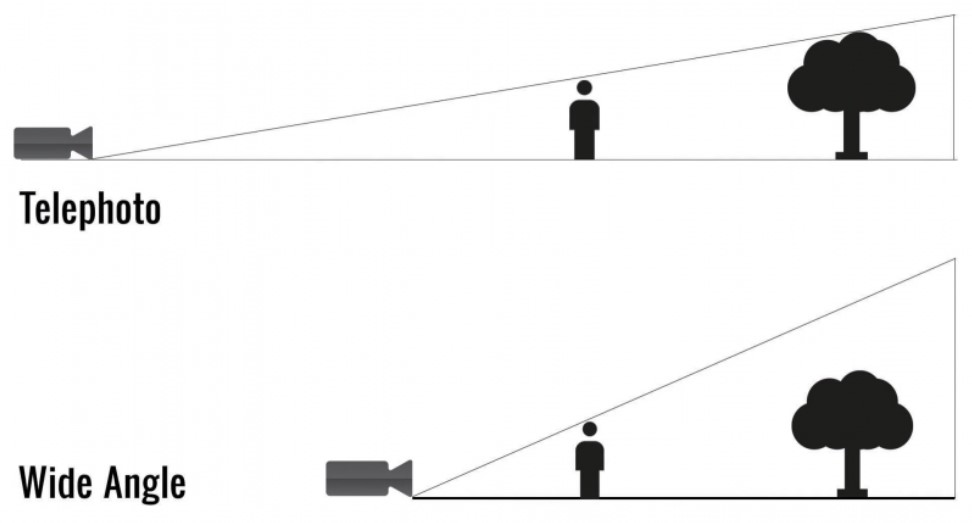Camera lens terms and what they mean
Lens choice is an important decision to make for every photographer, whether for professional or hobby purposes. What a lens does is focus light, from where the camera is pointing, to the camera’s sensor, or film. This is much like what our eyes do!
Interchangeable lenses open up a variety of different features in your photos, due to their different focal length and aperture capabilities. In my next article, I’ll cover my choices of lenses for a restaurant media visit.
However, let’s cover some key terms relating to lenses before we get started.
What is aperture and what does it do?
Size of the hole
In simple terms, aperture is how large the hole that lets the light through is, measured in ‘f stops’, such as f/1.4, f/2.8, f/5.6. A ‘higher’ f stop, e.g. f/8 compared to f/2.8, means the hole is smaller than the latter, therefore letting in less light. This can sometimes be referred to as a ‘slower’ aperture, as it requires you to adjust other light aspects to generate a properly exposed photo.
It may be confusing, but just remember the larger number represents the opposite of the size of the hole.

Image credit: shotkit.com
Aperture & depth of field
Besides letting in more or less light into the sensor, the aperture also controls the ‘Depth of Field’. A wide/larger aperture, e.g. f/1.4, f/2.8, creates shallow depth of field, meaning a small proportion of the image can be focused at once, blurring the background. This allows for the photographic technique called ‘bokeh’.
In contrast, a narrow/smaller aperture, e.g. f/11, f/16, increases the depth of field, allowing for more of the scene to be in focus.
Wide apertures are generally used for portraiture or artistic shoots whereas narrow apertures are more for architectural or landscape photography.

Image credit: photographylife.com
What is focal length?
Focal length refers to the distance between where the light converges in the lens and the sensor on the camera, measured in millimetres (mm). Focal length determines a few things in photography.
Common Terms
Firstly, ‘Field of View’, can also be known as ‘Angle of View’, meaning how much of the scene the lens can capture on the frame.
Next is ‘Magnification’, longer focal lengths will make the subject appear much larger, making them more desirable for wildlife or sport photography. These two terms can be simply described as zoom.

Image credit: canon.com
The last feature determined by focal length is ‘Compression’, this is the photographic technique where the background appears larger and closer to the subject when the focal length is longer, particularly noticeable in portraiture.

Image credit: slrlounge.com
In practice
A low focal length, less than 35mm, is typically referred to as wide angle lenses, with a larger ‘Field of View’ and lower ‘Magnification’. A focal length with 35mm-85mm is referred to as a ‘Standard’ lens, it is said these focal lengths are the most similar to that of a humans. Finally, my personal favourite, are the focal lengths above 85mm, called ‘Telephoto’ lenses.

